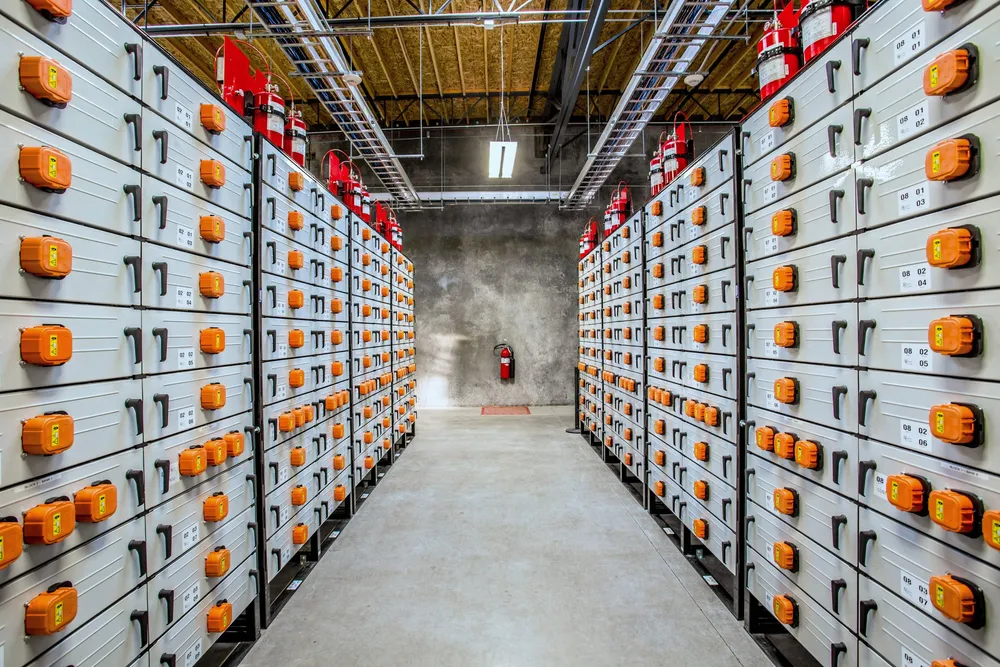US set for record 2025 energy storage installs amid Trump uncertainty: report
Despite a 22% jump in additions, Wood Mackenzie forecasts sector growth will likely slow later this year as tariff and tax credit doubts continue

Despite Donald Trump-driven political uncertainty, the US will install a record 13.3GW of energy storage capacity in 2025, a 22% improvement from the previous year, energy analytics firm Wood Mackenzie said in a new report on Wednesday.
Woodmac, which produces the report with American Clean Power Association (ACP), a national trade group, raised its 2025 utility-scale forecast by 11% due to 2GW of late-stage development delays from fourth quarter last year.
“Activity has been strong and our forecast for this year has expanded,” said Allison Feeney, research analyst at Woodmac.
“However, due to policy uncertainties, growth will likely slow down this year and in subsequent years. Growth will pick back up toward the end of the decade, with a projected “base case” 81 GW total installations from 2025 to 2029,” she said.
Those uncertainties include to what extent, if at all, majority Republicans in Congress will knuckle under to Trump and rescind or modify US climate law tax credits, and his administration’s readiness to slap tariffs on China and other countries that supply battery materials and components.
“It’s still too early to determine the final form of IRA tax incentives over the coming year,” said Alison Weis, global head of storage at Woodmac, referring to the 2022 Inflation Reduction Act, former President Joe Biden’s signature climate law.
Trump has said little about battery energy storage which is often paired with solar in hybrid grid-scale applications. Instead, offshore and onshore wind have been the focus of his criticism of renewable energy technologies, although he has also worked to undo Biden-era executive actions that promote federal support for solar.
Weis noted that the combination of new tariffs on foreign suppliers with continued IRA manufacturing tax credits and domestic content bonus adder incentives would make US-based storage systems more competitively priced. However, many domestic providers are not set up to meet quick demand.
“If higher pricing is combined with investment tax incentives phasing out beginning in 2028, it could lower our five-year deployment outlook by as much as 19%,” she said.
In the report, Woodmac notes that its high and low cumulative installation scenarios for 2025-29 show a 27GW potential swing from the 81GW base case.
A high case results in 10GW more installed over the next five years. This assumes no federal clean energy tax credit changes, no additional tariffs, renewables firmed with storage are deployed to meet load growth, and barriers to financing and interconnection ease.
The low case assumes a tax phase out starting in 2028, increased protectionist measures that raise the price of Chinese systems, an expanded gas supply chain and preferential gas interconnection that enable greater gas buildout, and increased barriers to financing and interconnection.
Last year, the US installed 12.3GW of energy storage capacity versus 9.3GW in 2023 across all market segments, while utility-scale rose 31% to 10.9GW.
(Copyright)